There are 48 districts in Buenos Aires. How do you choose which one is right for you?
So, let's get started and explore the best neighborhoods to live in Buenos Aires!
In this guide, we will check out some of the city's best areas and look at things like safety, transportation, green spaces, and community amenities to help you find the perfect spot to call home.
Secure Peace of Mind with Best-Value International Health Coverage
International Citizens Insurance provide free, no-obligation quotes from the leading international health insurance providers with plans tailored to meet your needs. Trusted by thousands of expats worldwide.
1. Palermo
Welcome to Palermo, the largest district in Buenos Aires! You're in for a treat because there's a lot of everything here! There are several micro-districts to explore, each with its own unique vibe.
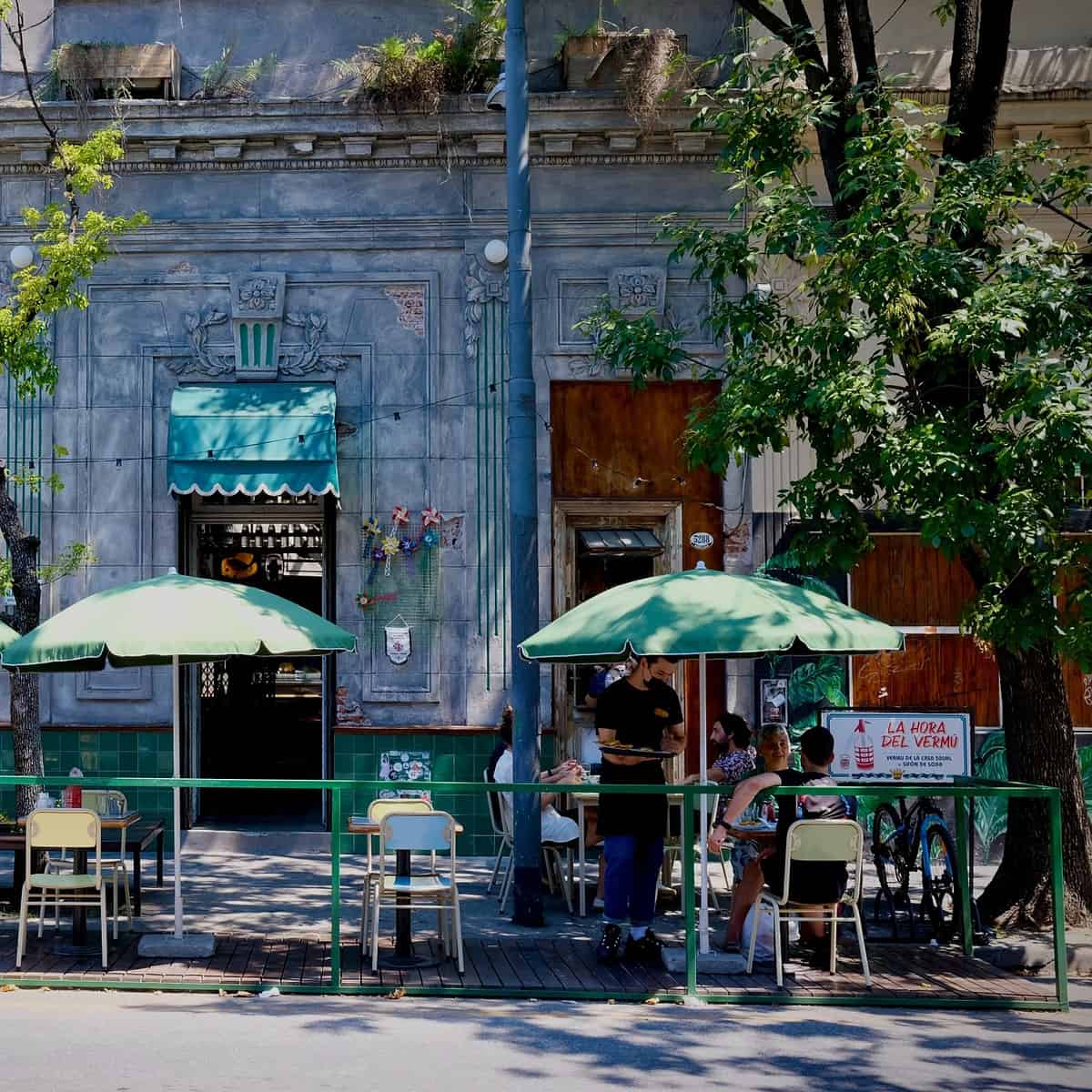
First up, we have Palermo Chico, where you'll find a ton of parks, embassies, and all sorts of fancy things.
Next, we have Palermo Soho, with its low-rise buildings, cafes, restaurants, bars, and luxury shops. It's quiet at night, so it can be a little eerie and spooky if you walk alone and sober.
And then there's Palermo Hollywood, where all the TV companies have their offices. You might even run into a celebrity or two!
But that's not all! Palermo is also home to the Fernandes Hospital, which provides free medical care for everyone, including tourists. And if you're a nature lover, you're in luck because Palermo is the greenest district in the city, with a ton of parks to explore. The Ecoparque, formerly known as the Buenos Aires Zoo, is an open zoo where animals roam free. You'll see peacocks, turtles, and even Patagonian maras strolling around or relaxing by ponds, flowerbeds, or among leafy greens.
You can also check out Parque El Rosedal, Jardin Japones, Parque Las Heras, and more. And if you're into horse racing, you'll love the Argentine Palermo Racecourse.
There are many schools in the area, including private and international options. And transportation is super convenient, with bus routes, the green subway line, and trains.
But let's be honest; the downside is the cost of living. The area is on the pricey side. Everything is "upscale," including restaurants, cafes, hairdressers, and rent. But hey, you're living in one of the coolest areas in Buenos Aires, so it's totally worth it!
2. Recoleta
Recoleta is where history meets affluence, and Europe meets South America! It's like taking a stroll through Paris but with a Latin twist.
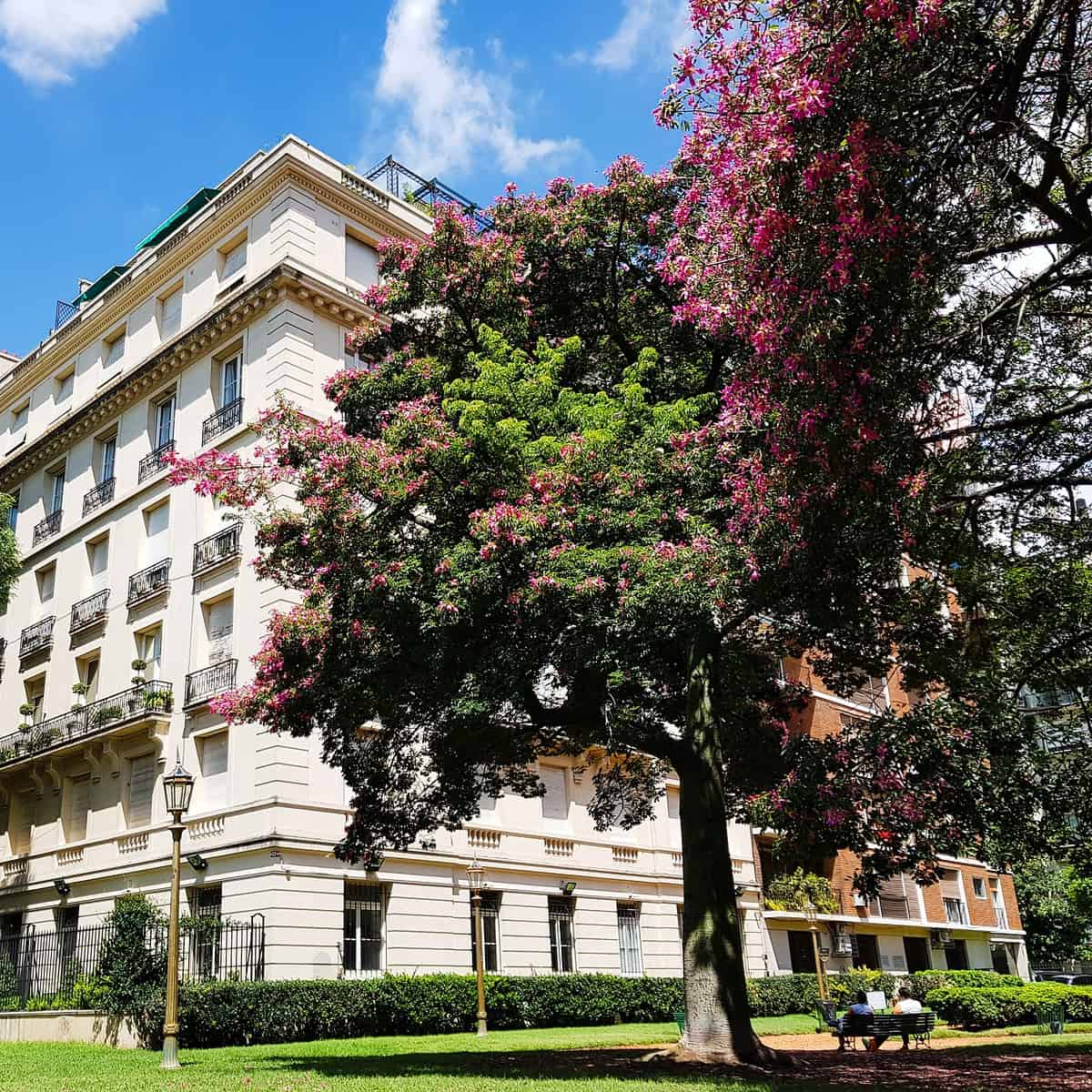
This neighborhood is jam-packed with museums, including the National Museum of Fine Arts, one of the largest art museums in Latin America and is free to visit. So, you can get your culture fix without breaking the bank!
Recoleta may be smaller than Palermo, but it's got plenty of parks to explore. You can take a relaxing stroll through Parque Naciones Unidas or Parque Thays and feel like you're in your own little oasis in the city.
And if you need medical attention, B. Rivadavia General Acute Care Hospital has got you covered with excellent care that's free for everyone.
The area also has tons of schools and universities, making it an excellent spot for families with kids and young people.
Just be warned, renting and services are costly here. But you get what you pay for, and Recoleta, one of the coolest neighborhoods in Buenos Aires, is entirely worth it!
Recoleta is generally considered safe, but it's wise to keep an eye on your belongings, especially your cell phone. They do sometimes get snatched right out of distracted pedestrians' hands. So, stay alert and keep your valuables close.
3. Belgrano
Belgrano is all about high-rise buildings and luxury residential areas. You'll feel like living in a fancy movie set, especially around the Mexican embassy.
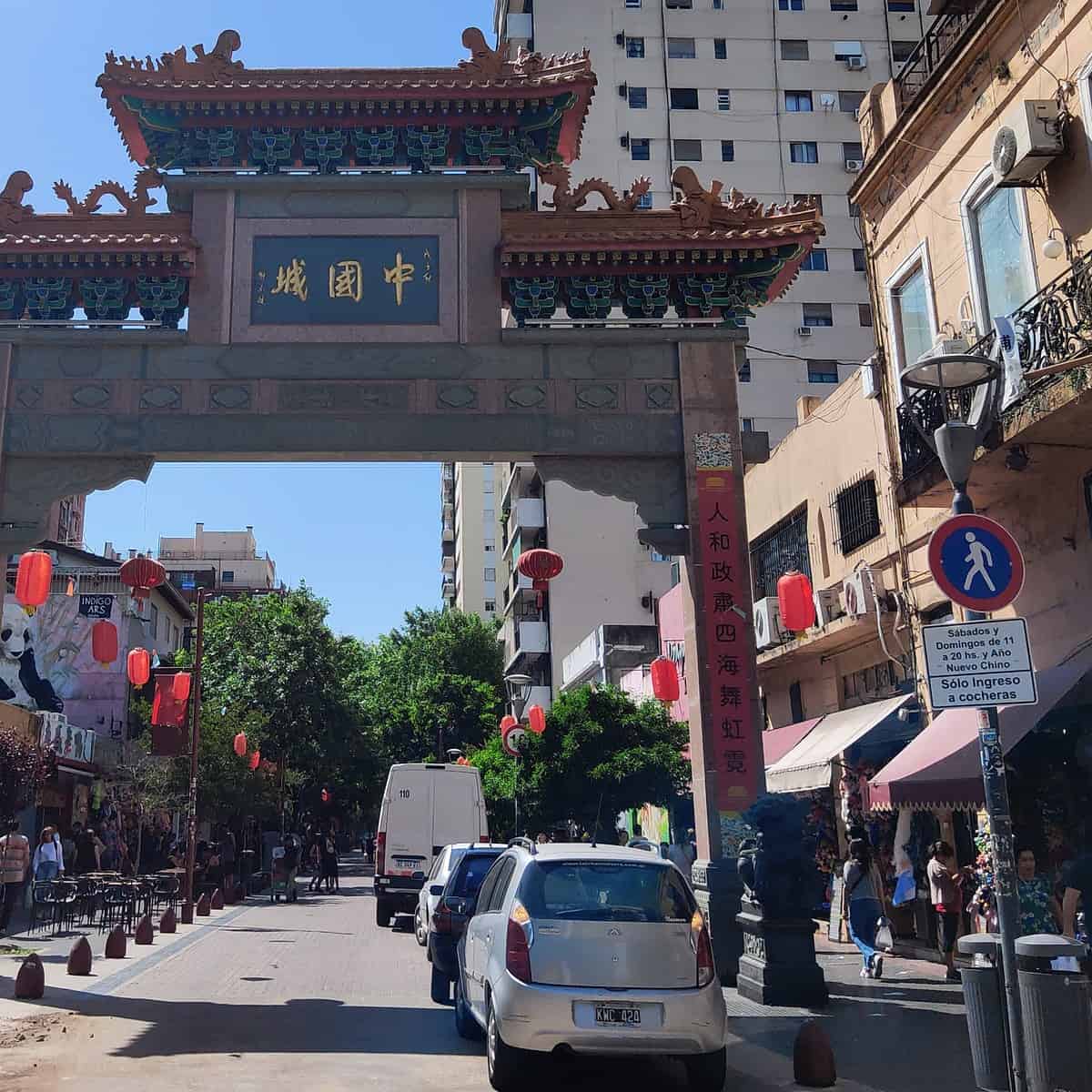
But don't let the posh exterior fool you - this neighborhood has a lot of character.
The Chinese Quarter (Barrio Chino) is right in the heart of Belgrano, offering unique goods and diverse food options that you won't find anywhere else in the city. And while it may not be a tourist hotspot, the locals love it.
If you're looking for fun in the sun, check out Parque Norte Water Park. It's a massive complex with multiple swimming pools, gardens, and tennis courts. The waterpark is extremely popular and always packed with people. It's a brilliant place for a family day out.
Football fan? Belgrano is home to the Monumental Stadium (Estadio Mâs Monumental), the home base of the River Plate football club.
But if you're more of an outdoorsy type, head to the northeast part of the neighborhood. There, you'll find parks, green spaces, and access to the river, making it the perfect spot for family walks, jogging, and strolling.
Belgrano has everything you need, from medical centers to shops to affordable stalls selling all sorts of goodies. And if you've got little ones, you'll be happy to know that there are plenty of schools and kindergartens in the area.
Getting around is easy, too - the subway's green line and numerous bus routes serve the neighborhood.
Overall, Belgrano is a safe and welcoming neighborhood that's perfect for families, young people, and elderly folks alike. And while some homeless people are in the area, they're all very polite and friendly. Just be cautious walking around at night.
4. Colegiales
Welcome to Colegiales, a younger brother of Belgrano. This neighborhood has got everything you need for your day-to-day life! From medical centers to shops to cafes, restaurants, and breweries, you won't have to go far to find what you're looking for. And with a distinct residential feel, you'll feel right at home in no time.
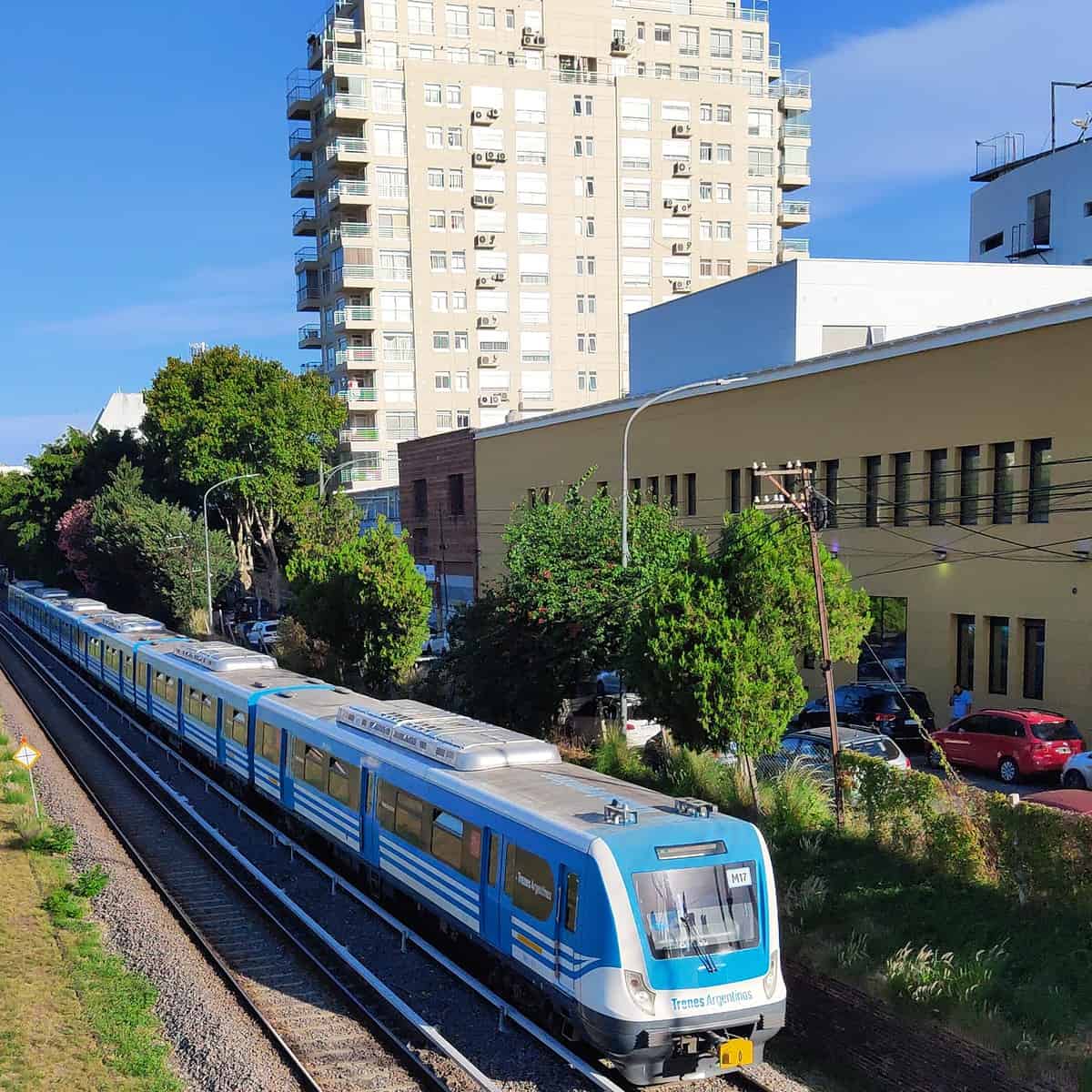
The real star of the show here is the Flea Market "Mercado de las Pulgas." Trust us; you'll want to set aside a few hours to explore all the fascinating stalls and exhibits. And the best part? Since it's not a touristy area, you won't have to deal with big crowds or pay tourist prices for a cup of coffee.
The neighborhood is divided by a railway line that runs through the center of the area, and there's a train station right on your doorstep. Just be aware that crossing the tracks can only be done at designated places, which can be a bit inconvenient. On the plus side, the proximity to the railway station makes it easy to access the suburbs in a flash.
The green subway line runs along the northern border of the neighborhood, so getting around is a breeze.
The only downsides? There are few big parks nearby, and there aren't a lot of schools, so it may not be the best spot for families with young children. On the plus side, the neighborhood is generally considered safe. It is an excellent location for couples and professionals looking for a quiet corner in the heart of the big city.
5. Puerto Madero
This is the newest and most expensive neighborhood in Buenos Aires! It boasts beautiful skyscrapers, spacious streets, and stunning views of the ocean estuary from the top floors and penthouses.

While there are few schools in the area, there are plenty of 5-star hotels and offices, making it a bustling business district. But don't worry, there's still plenty of nature to enjoy, too! Living here, you have easy access to the Buenos Aires Ecological Reserve (Reserva Ecológica Costanera Sur), where you can see all sorts of birds, butterflies, and plants. And if you're a fan of biking, you're in luck - the park is very bike-friendly.
When the sun goes down, the clubs and skyscrapers of Puerto Madero light up, creating a lively and exciting nightlife scene. Entertainment options here are as dramatic and expensive as the residential estate. The Rojo Tango Show Cabaret is a must-see spot for anyone who loves authentic classical tango. And if you're a night owl, you'll love the long and beautiful waterfront, which is lined with bars, restaurants, cafes, and nightclubs.
The area is relatively safe, thanks to private security patrols and surveillance cameras.
In recent years, Puerto Madero has become a trendy area for young professionals and entrepreneurs, attracting a diverse and cosmopolitan population.
6. San Telmo
San Telmo is one of Buenos Aires' oldest neighborhoods. This charming area boasts beautiful neo-colonial-style buildings that will transport you to old European cities.
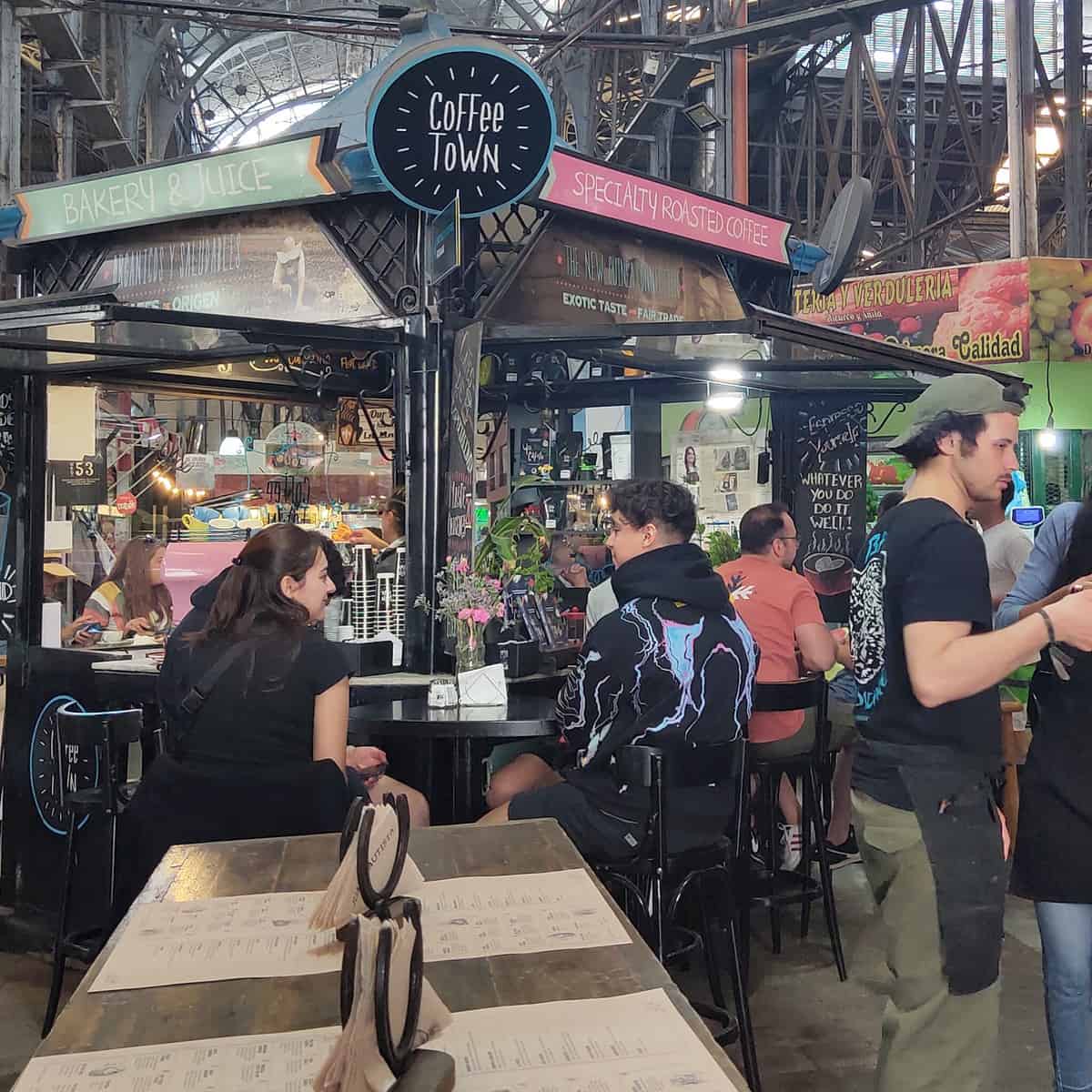
San Telmo is a vibrant and lively place to live for people of all ages, from families to couples. You can find everything you need within a 3-10 minute walk! From relaxing to partying, from shopping to running errands, San Telmo has got it all.
But the real stars of the show are the San Telmo Fair, which operates every day, and the Sunday fair, which stretches for several kilometers. You'll find more than just merchandise here - there are street performers, musicians, dancers, and all sorts of things to keep you entertained.
If you're looking for a place to unwind, head to Lezama Park, just a few blocks away. It's a popular spot for locals to relax, walk among the fountains, and enjoy some delicious Italian ice cream from Heladería Florencia nearby.
San Telmo is also well-connected to neighboring areas such as San Nicolás, Monserrat, and Puerto Madero. You'll have convenient access to buses and the subway, making it easy to travel to the rest of the city.
7. Monserrat
Welcome to Monserrat, a bustling neighborhood in Buenos Aires. This area is home to some of the city's most iconic landmarks, like The Presidential Palace (Casa Rosada) and Palacio Barolo - a tall office building with a lighthouse on top that can be seen all the way in neighboring Uruguay!
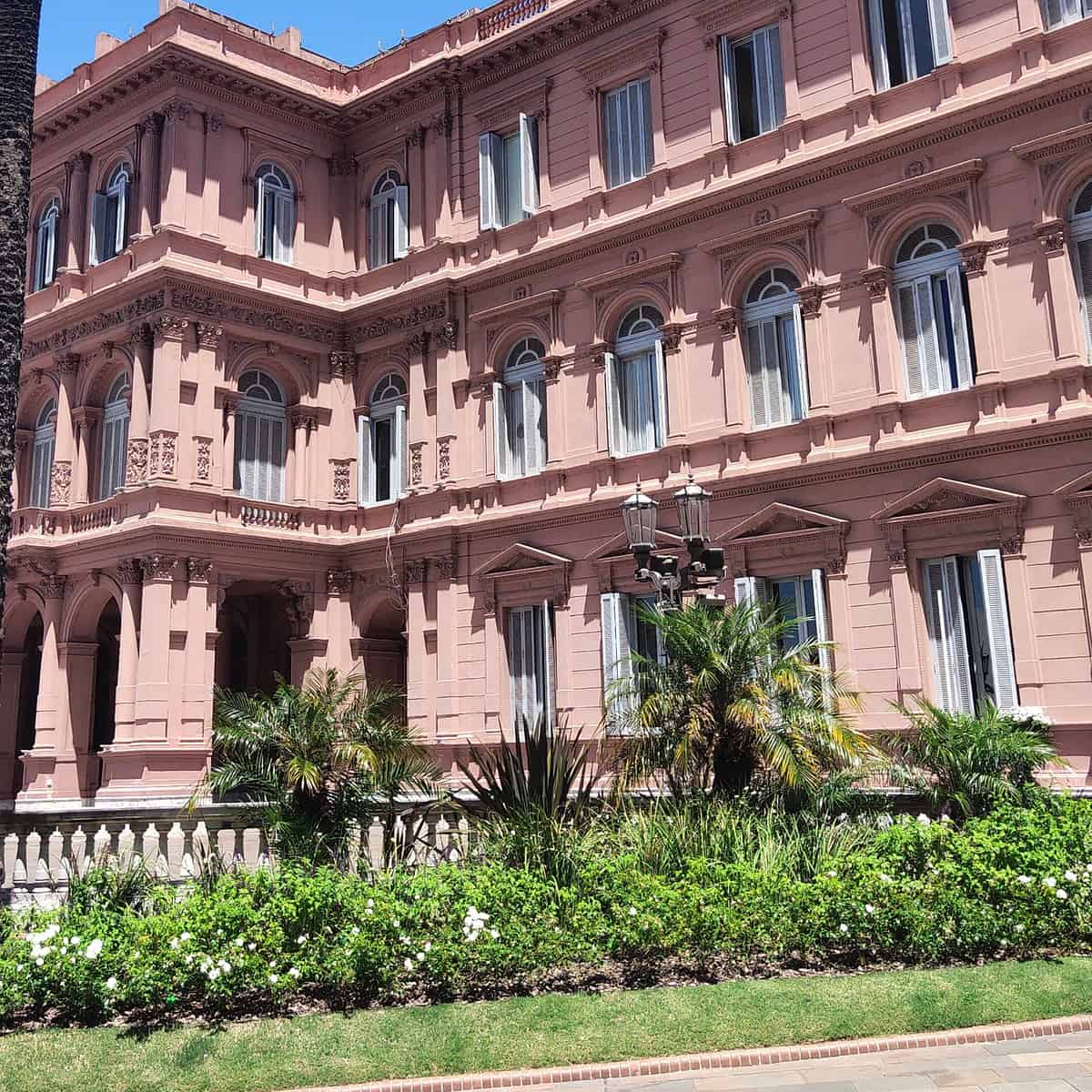
Compared to Palermo, Monserrat is less expensive, but it is also less livable. It is full of offices and hotels and, overall, is more of a business district than a residential area.
Life is hectic from Monday to Friday, but things slow down in the evenings and on weekends and holidays. However, if you work in finance or banking in San Nicolás, living in Monserrat is super convenient.
The area is well-connected with a purple subway line and plenty of bus routes, so getting around the city is easy.
Monserrat may lack green spaces, and you do have to walk ten blocks south to relax in Park Lezama in San Telmo or visit the ecological reserve behind Puerto Madero to spend a few hours in nature.
Overall, Monserrat is a safe and nice neighborhood, perfect if you want to be in the heart of the city.
8. Retiro
This area is the main transportation hub of the city. Here, you'll find both the blue and purple subway lines, as well as a bus station and railway station. And if you need to get around the city, there are plenty of bus routes in the area too.
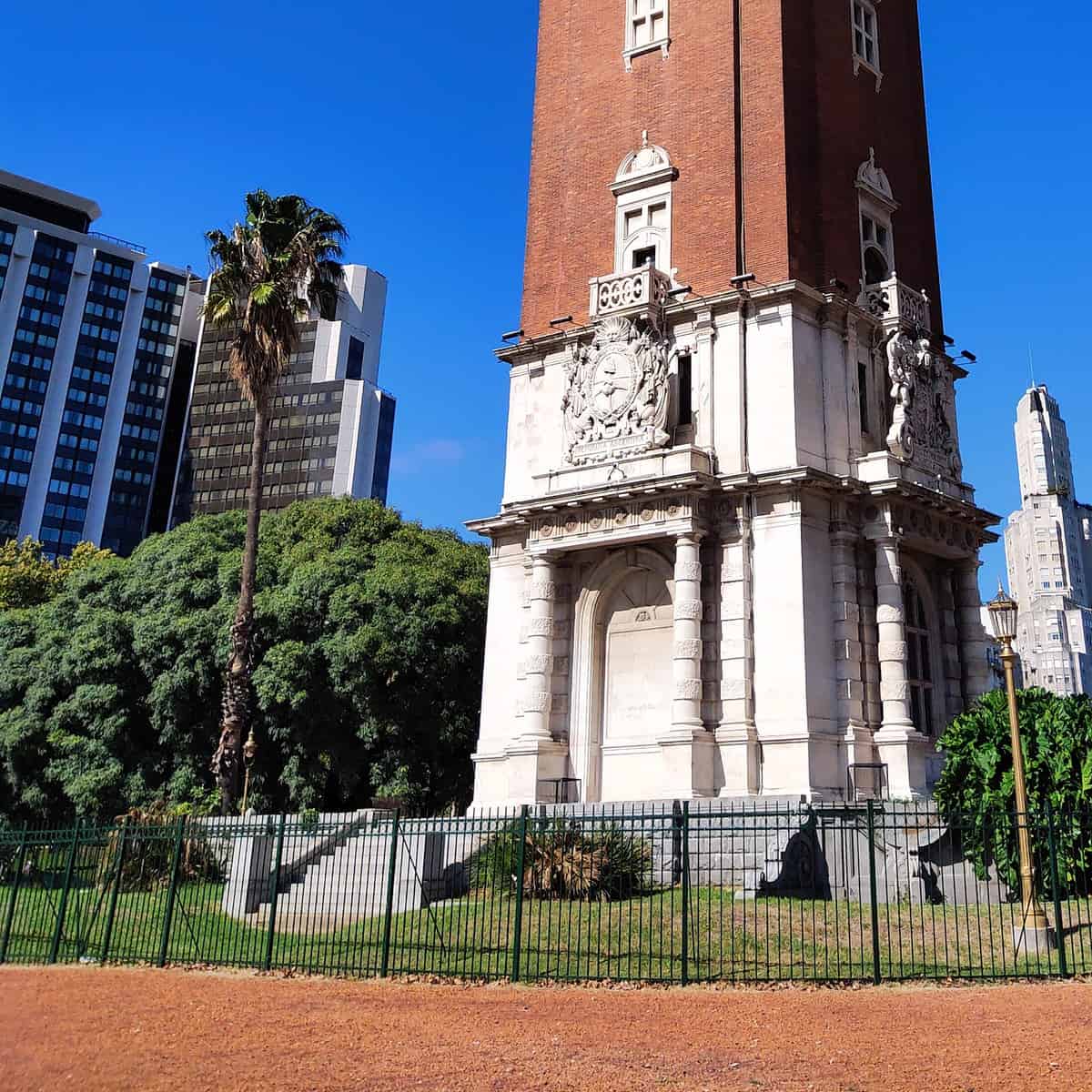
Living in Retiro has its advantages, especially if you want to be close to all the city's main areas. While renting an apartment here may be cheaper than in Palermo or Recoleta, it'll still be higher than in other neighborhoods. But it's worth it - Retiro used to be one of the wealthiest areas in Buenos Aires, and it still retains its grandeur and beautiful appearance.
Retiro is also a great place for shopping, with both Florida and Avenida Santa Fe, the best shopping streets in the whole of Buenos, Aries, starting right here.
It is a less safe area, especially at night. So you need to be safety conscious and take reasonable precautions.
In the north, Retiro borders the massive and most famous slum of the city, Villa 31. It's worth noting that Villa 31 is not marked on any map of Buenos Aires, and tourists don't go there. However, for an additional fee and accompanied by a clearly reluctant police officer, you can visit this city's most dangerous area and walk its streets.
9. San Nicolás
San Nicolás is the heart of Buenos Aires, often referred to as "El Centro" by locals. This bustling area is filled with offices and shops. The most extensive section of Florida Street - the city's main shopping street, is located here.
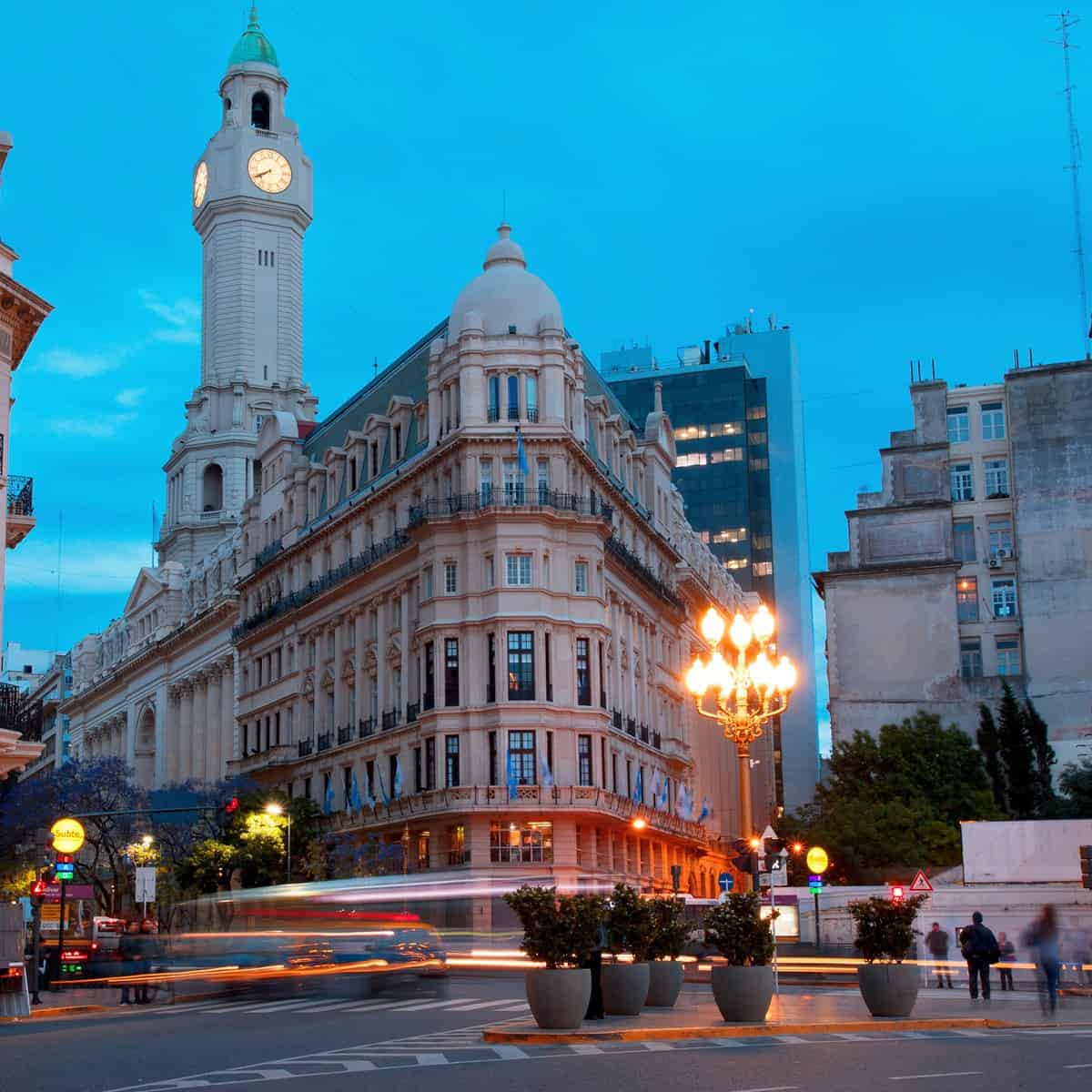
San Nicolás is also incredibly well-connected to the rest of Buenos Aires, with blue, light blue, red, and green subway lines running through it.
There's no shortage of things to do in San Nicolás, with plenty of shops, restaurants, bars, and entertainment options to choose from. However, green space is a bit limited, so your largest park will be quite a modestly sized Plaza Lavalle near Teatro Colón.
While you can rent apartments in San Nicolás, they tend to be expensive. They are often rented to tourists or short-term business visitors. As such, San Nicolás may not be the best option for families looking for a residential area, but a really good option if you are single or a couple and work in one of the many offices in the business district.
10. San Isidro
Let's move out of the city towards the suburbs.
If you're after a peaceful and picturesque neighborhood, San Isidro is definitely worth a look. Located in the northern outskirts of Buenos Aires, this upscale area is just a 45-minute train ride away from Retiro station on the "Línea Mitre."
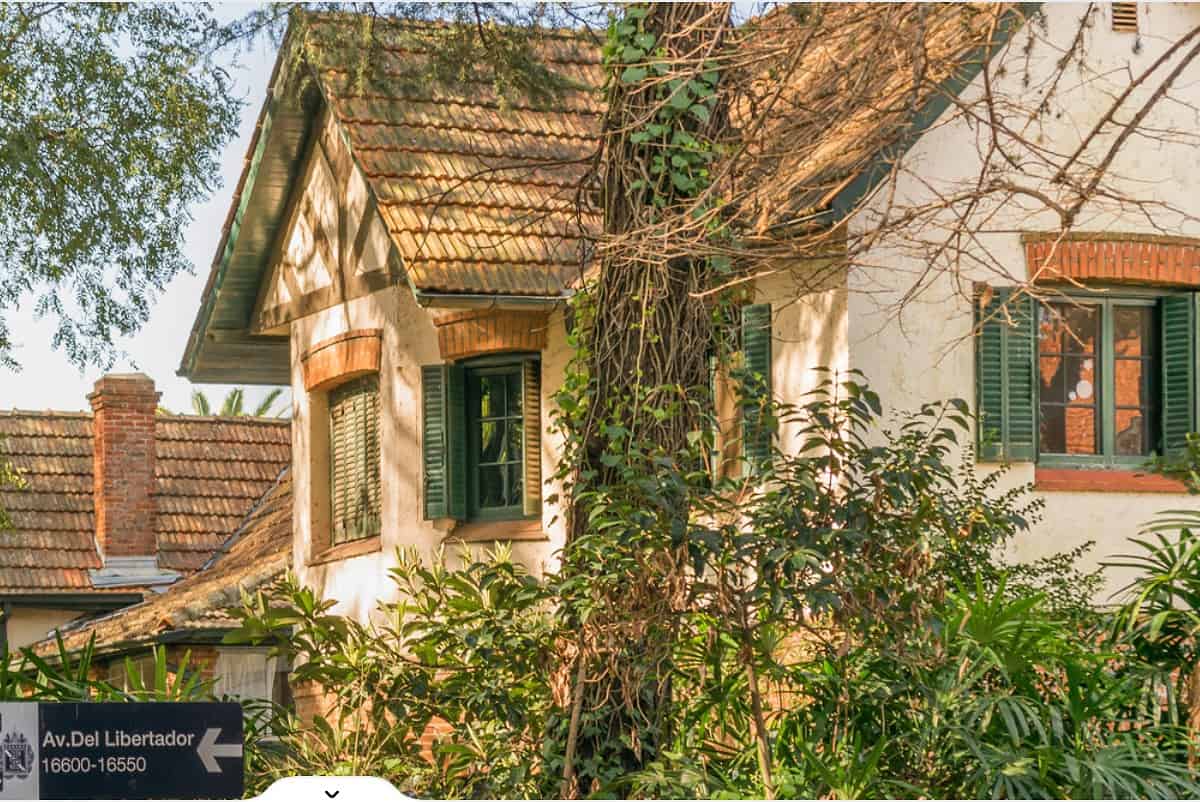
San Isidro is a cozy, quiet, and tranquil suburb with plenty of trees and beautiful homes. There are also plenty of cool bars and cafes to explore, including a downtown area with fine dining options. Plus, living here means you're just a stone's throw away from the coast of the River Plate (Río de la Plata), which boasts plenty of green spaces for recreation.
Transportation is also convenient, with easy access to Retiro and Tigre further north. The riverside is a popular spot for walks, mate drinking (it's a type of tea, not a friend, although you can drink it with mates, no problem), and hanging out with friends. It's also quite bike-friendly, with some great cafes along the way.
San Isidro is a great choice for families, as it's a safe and community-oriented area with various clubs and social activities. However, it is quite a pricey neighborhood, so be prepared to budget accordingly if you're considering living here.
Final thoughts on the best places to live in Buenos Aires
Buenos Aires has a diverse range of neighborhoods to suit different lifestyles and preferences. From the bustling city center of San Nicolás to the peaceful suburb of San Isidro, there's a spot for every taste. Whether you're after a vibrant social scene or a tranquil retreat, Buenos Aires has got you covered. So, if you're thinking of making this fantastic city your home, take the time to explore its many neighborhoods and find the one that's just right for you.
You might find useful:
- Living In Argentina - moving, settling down, visas and residency options, healthcare, banking, etc.
- Best Places To Live In Argentina For Expats.
Helpful external links:
- Buenos Aires government
- Buenos Aires public transportation site.
Secure Peace of Mind with Best-Value International Health Coverage
International Citizens Insurance provide free, no-obligation quotes from the leading international health insurance providers with plans tailored to meet your needs. Trusted by thousands of expats worldwide.




